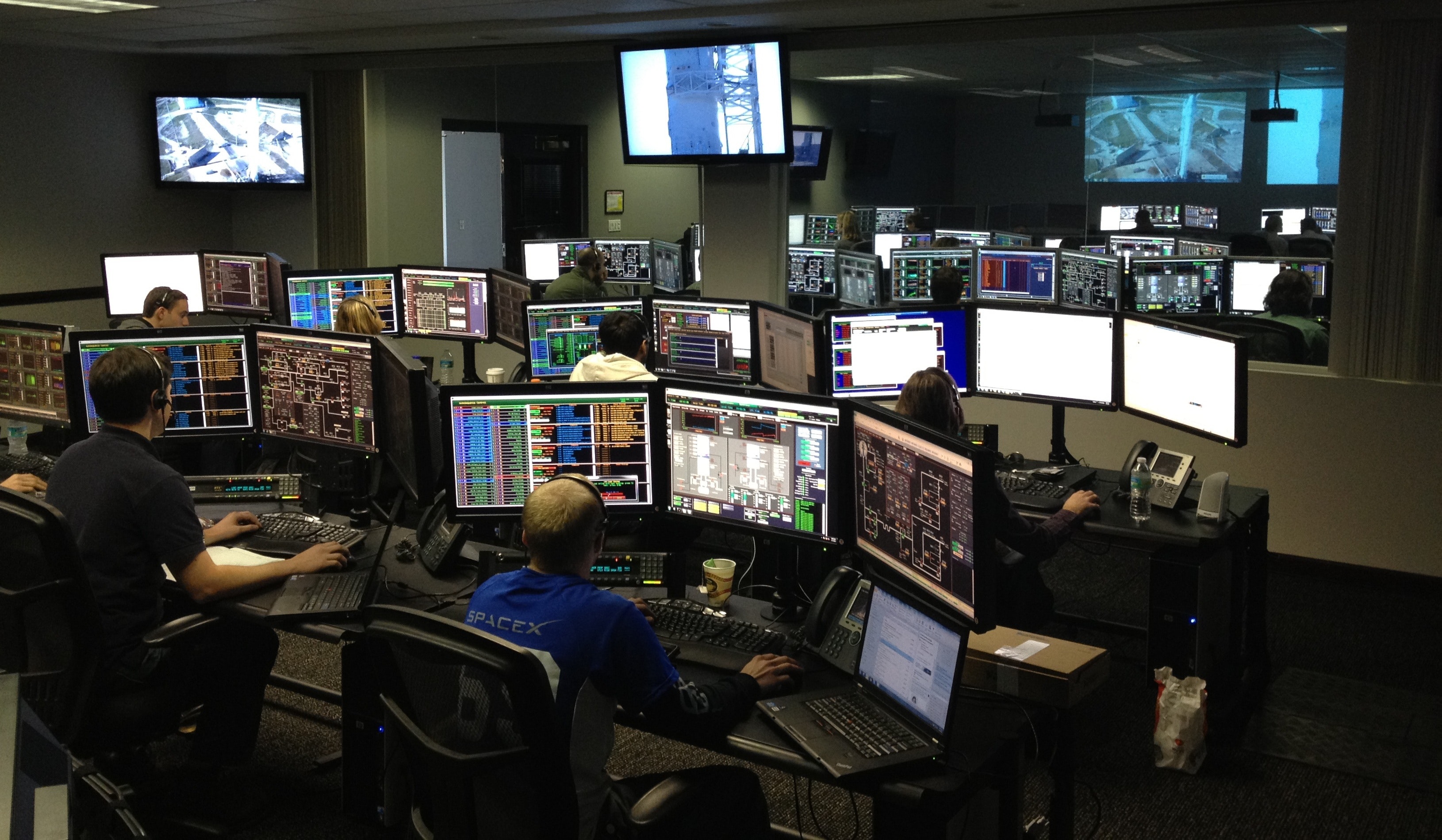Taking Command of Control Room Displays

Everyone likes flexibility, the freedom to change things to their preference or purpose. The world of audio visual brings countless examples of applications set up to work perfectly with user requirements—whether it be switchable sources or the ability to share and collaborate with colleagues.
For some organizations, this brings a welcome, time- and cost-saving convenience to operations. However, in a command and control room environment, this flexibility—and the immediacy of it—is nothing short of essential.
[Creating AV Control Systems That Provide the Ideal User Experience]
Today’s large control room display systems are central to the smooth running of the operation. Information from a wide variety of sources can be accessed and displayed on the video wall providing up-to-the-second information for teams of operators to review and, as required, respond. Visualized data from monitoring stations, production machinery, and SCADA-type applications combine to provide a detailed picture of what is happening in real time. The ability to display the correct information at the correct time in the correct place is, therefore, crucial to the effective running of the operation.
As an example, in a utilities control room, flexibility may be required in order to display all the information relevant only to a particular sub-system. At the click of a button, operators can view all the details necessary to review operational efficiency, monitor component temperatures, and manage energy output.
Having flexible controls allow all of this information to be easily accessible, with multiple teams being able to seamlessly work together in the full knowledge that they have all of the relevant information in front of them.
[When Command and Control Data Demands the Highest Level of Security]
A daily selection of features, industry news, and analysis for AV/IT professionals. Sign up below.
Powerful video wall controllers cater for these situations at the touch of a button. By operating a command and control video wall as a blank canvas, users can select and scale sources exactly to their needs. Different sources and windows can be pre-set to deal with a variety of situations, with additional ability to customize at will.
No longer are screens and bezels the borders. Today’s ultra-thin bezels bring a single-sheet approach to displays, with LED eliminating the "border issue" altogether.
Having a rigid display on a video wall is underutilizing what is possible for maximum efficiency. Anything is now possible for today’s displays, from carousel windows showing security feeds to auto source switching when emergencies happen.

